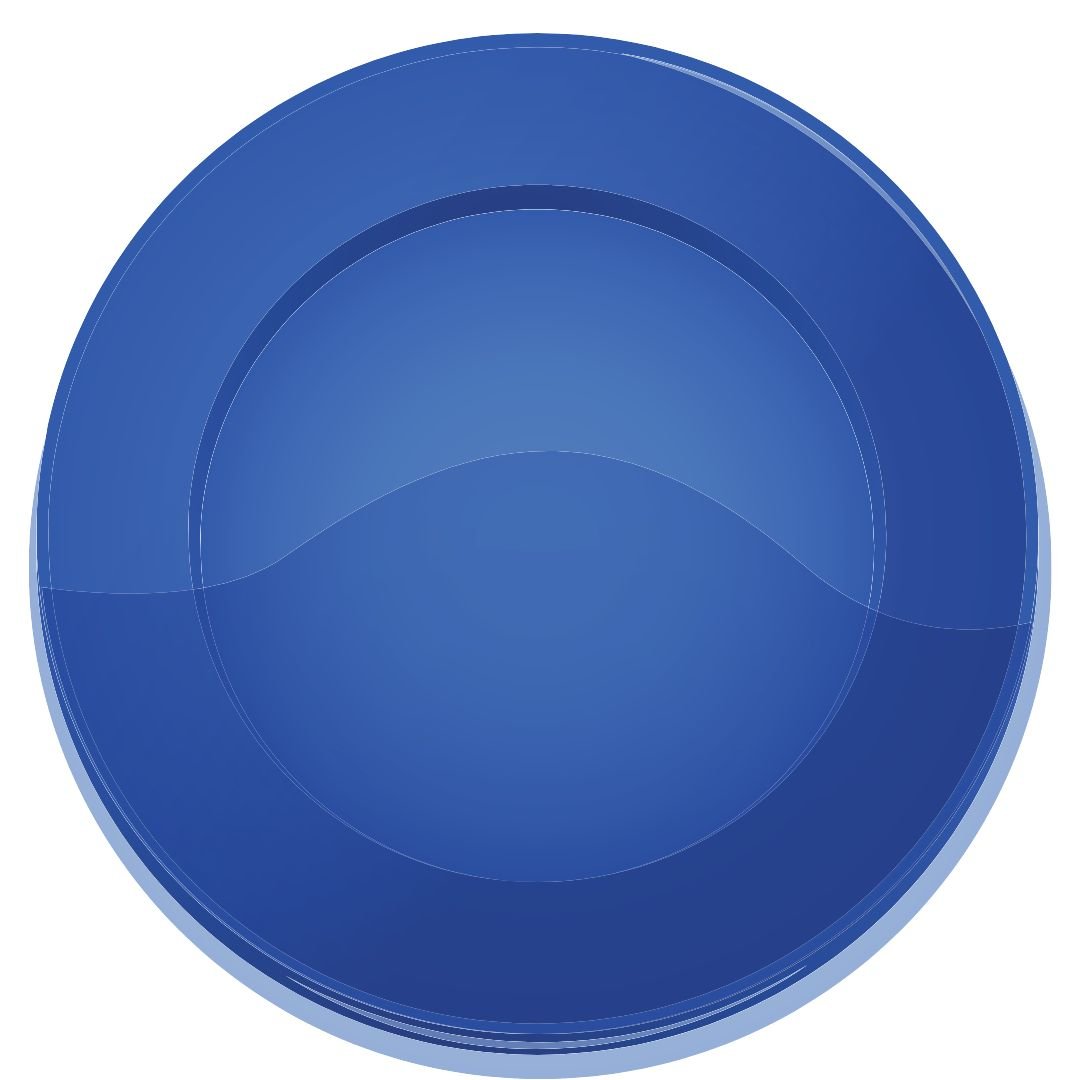How to Make Caramelized Onion Hummus with Lemon Balsamic Vinegar
Making homemade hummus is easy,
even caramelized onion hummus!
This Caramelized Onion Hummus, which you can make with lemons, or with Lemon Balsamic Vinegar, is so easy and delicious.
Having a basic hummus recipe is like having a versatile friend at your next party, or healthy lunch.
PLUS: you can freeze any extra, if you live alone.
I meet many midlife women, who live alone, and are deterred by cooking, because of having too much food.
Or too much work.
If you feel like being in the kitchen, make a batch and freeze in portions for those overwhelmed days.
A delicious hummus recipe can be a delicious dip, with some pita wedges or cut up vegetables. It also can be added to side dishes, and meals.
Examples:
Glow bowls
Buddha bowls
As a sauce
Wraps
Hummus fits so many uses!
Easy for parties
Picnics
Good source of Fibre
Satisfaction
*Yes. Fibre.
I’ll chat about FIBRE and SATISFACTION with your food, right after the recipe.
(I hate scrolling through reams of whatever story, to get to a recipe, don’t you?)
Caramelized Onion Hummus with Lemon Balsamic Vinegar
The base:
2 cups chick peas, cooked.
I cook min in an Instant PotJuice of 1/2 or whole lemon and/or 2 tbsp white balsamic vinegar, lemon flavoured
2 or more cloves crushed garlic, or a whole roasted bulb!
1/2 cup water, or more for consistency
1.5 tsp salt
1 tsp cumin
1 heaping tbsp tahini paste
For the onions:
1 -2 onions, sliced thin
1 tbsp olive oil, for sautéing
pinch sugar, optional
vinegar or water to deglaze the pan
Make it personal:
Like more flavour? Increase the cumin in the recipe, roast the garlic, add more salt, lemon, or incorporate another vegetable.
Now for that fibre and it’s importance in menopause.
Hummus is a menopausal woman’s digestive bestie.
Why? Because of FIBRE. And it’s delicious.
1 cup of cooked chick peas gives you 12.5 grams of fibre.
We don’t eat enough fiber.
Many adults eat up to 15 grams of total fiber per day. Many recommendations for women and men older than 50 are 21 and 30 daily grams, respectively.
Why does this matter?
It matters to your gut microbiome, and your hormones. Your digestive tract is considered to be part of your Phase 3 detoxification system.
Phase 1 and 2 detoxification happen in your liver.
Fibre is necessary for elimination.
For proper poops.
Proper poops help bind endotoxins, the toxins that are by products of body processes and body bacteria. A regular bowel movement (or two) helps take these endotoxins out of the body, to the toilet!
Fibre, and water, help to decrease constipation, a symptom many women have in menopause.
There is a link between the levels of estrone, or E1, which is the type of estrogen that we naturally produce in menopause. Estrone is made in our adrenal glands, in fat, and in ovaries.
There is a connection between the gut and estrogen as well. We have a gut environment called the estrobolome. The estrobolome is a collection of microbes that work on the metabolism of your estrogen.
Having a diverse collection of microbes, in your microbiome, supports proper elimination, and the shedding of the natural endotoxins that occur as a process of digestion.
Motility changes in menopause.
Motility, or the way waste moves through the body, changes in menopause. This can be related to conditions, like thyroid issues, or even from stress, or lack of water through the day.
Having good motility keeps the gut microbiome happy.
There are definitely other ways to get fibre in your diet, if you are not a fan of hummus.
Soups, stews, and smoothies, are some easy foods to prepare on days you feel energetic, and stash away in the freezer for those times you just feel too tired to cook.



